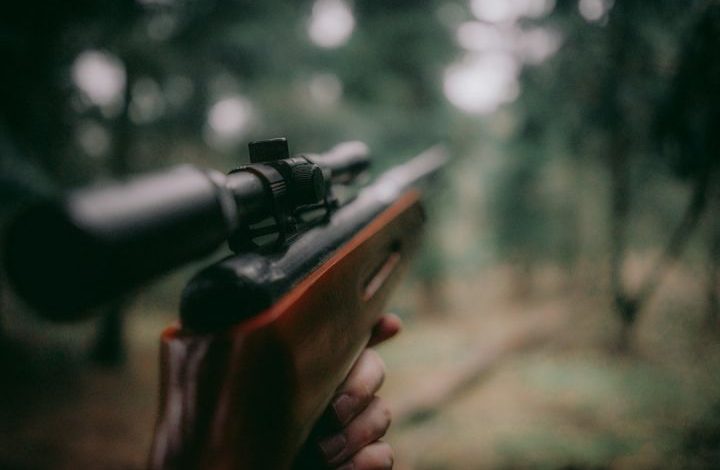How to Contribute to Wildlife Conservation as a Hunter?

Hunting is a popular recreational activity enjoyed by many people around the world. However, it is often misunderstood and criticized for its potential negative impact on wildlife populations. While it is true that irresponsible hunting practices can harm ecosystems, there are ways for hunters to contribute positively to wildlife conservation. By following ethical guidelines and participating in conservation efforts, hunters can play a crucial role in preserving and protecting our natural heritage. In this article, we will explore how hunters can contribute to wildlife conservation.
Understanding Wildlife Management
To effectively contribute to wildlife conservation as a hunter, it is essential to have a solid understanding of wildlife management principles. Wildlife management involves the sustainable use and conservation of wildlife populations. It aims to maintain healthy ecosystems while allowing for responsible hunting activities. By educating themselves about local wildlife management strategies and regulations, hunters can ensure that their actions align with conservation objectives.
Respecting Bag Limits and Seasons
Bag limits and hunting seasons are put in place to regulate hunting activities and prevent overharvesting of wildlife populations. Hunters must respect these limits and seasons to ensure the long-term sustainability of the species they target. By adhering to these regulations, hunters can actively contribute to wildlife conservation by helping to maintain healthy population levels.
Selective Harvesting
Selective harvesting is another important aspect of responsible hunting. It involves targeting specific individuals within a population while leaving others to reproduce and maintain genetic diversity. By selectively harvesting older or weaker individuals, hunters can help improve the overall health and resilience of wildlife populations. This practice also ensures that the strongest individuals pass on their genes, leading to stronger future generations.
Ethical Shot Placement
Ethical shot placement is crucial to minimize suffering and ensure a humane kill. Hunters should aim for vital organs to ensure a quick and clean kill, reducing the suffering of the animal. By practicing ethical shot placement, hunters can demonstrate their commitment to the welfare of the animals they hunt. This not only contributes to wildlife conservation but also upholds the ethical standards of responsible hunting.
Participating in Conservation Organizations
Joining and actively participating in conservation organizations is an excellent way for hunters to contribute to wildlife conservation. These organizations work towards protecting and conserving wildlife habitats, advocating for sustainable hunting practices, and conducting research to inform wildlife management decisions. By supporting and getting involved in these organizations, hunters can contribute their time, expertise, and resources to conservation efforts.
Promoting Conservation Education
Education plays a vital role in wildlife conservation. As hunters, it is essential to share our knowledge and experiences to promote a better understanding of the importance of conservation. By educating others about the benefits of responsible hunting, the role of hunters in conservation, and the need for sustainable wildlife management practices, hunters can help foster a broader appreciation for wildlife and its conservation.
Conclusion: A Responsible Approach to Hunting
Hunters have the potential to be powerful advocates for wildlife conservation. By following ethical guidelines, respecting bag limits and hunting seasons, practicing selective harvesting, and promoting conservation education, hunters can contribute to the preservation and protection of our natural heritage. It is important for hunters to recognize their role in wildlife conservation and actively work towards being responsible stewards of the environment. Together, hunters and conservationists can ensure the sustainable use and conservation of wildlife for generations to come.
